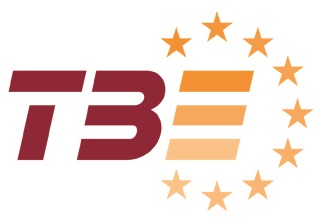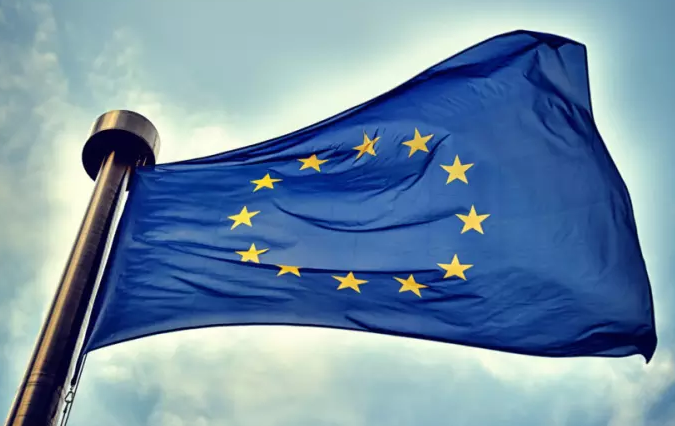On 29 Sept, ENVI discussed amendments tabled to MEP Duncan’s (ECR) draft report on ETS review.
MEP Dalli (S&D) replacing MEP Guteland (S&D), opened the debate by confirming that S&D is in favor of increasing the Linear Reduction Factor (LRF) at 2.4% and maintaining the 57% share of auction allowances. MEP Dalli also suggested the ratio should increase in the future: “ETS is a ‘polluter pays’ system and free allocation is only temporary exception to this rule”, she underlined.
MEP Belet (EPP) mentioned his group’s support to the EC proposal to set the LRF at 2.2%. He also proposed a 52% share of auction allowances in order to “give more manoeuvre” for free allowances. “We won’t give free allowances to everyone but to the 10% top performers”, he said.
As a next step, the amendments will by voted in ENVI on Dec 8th.














